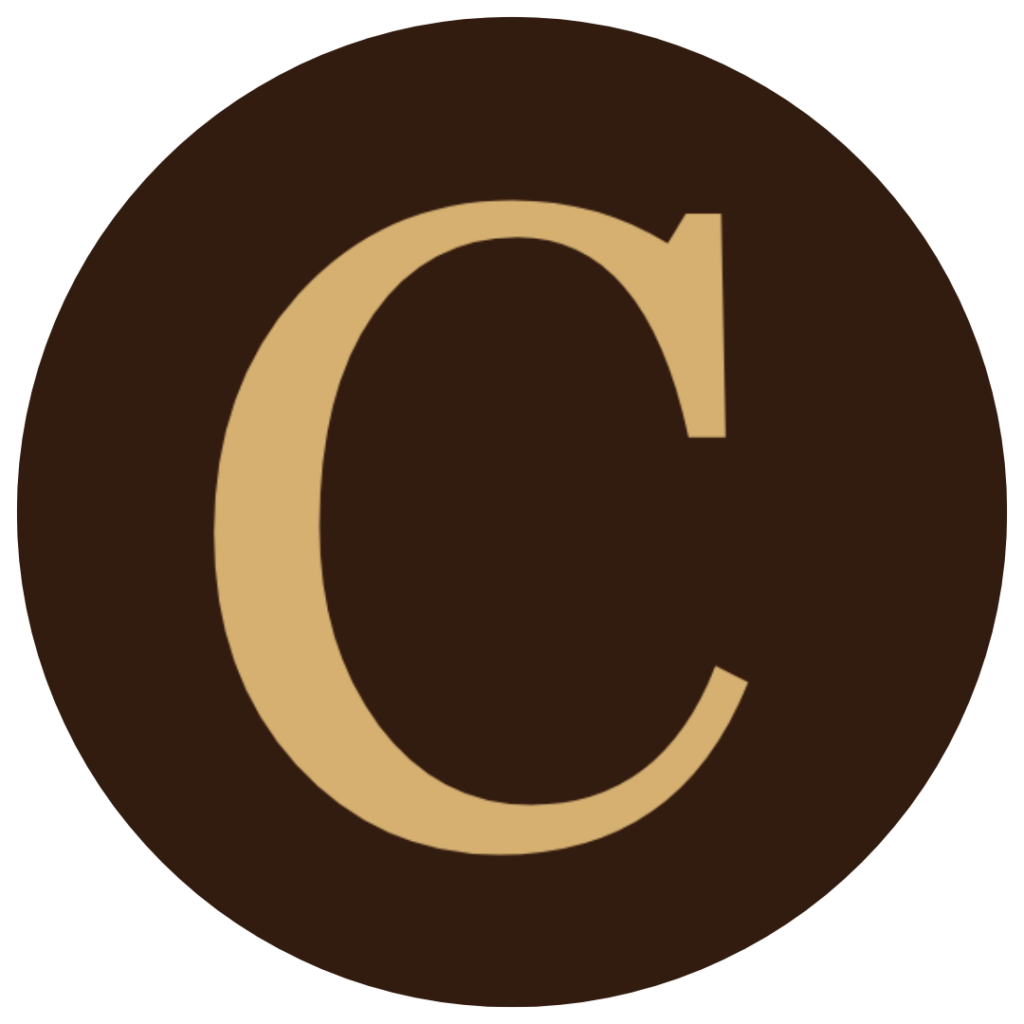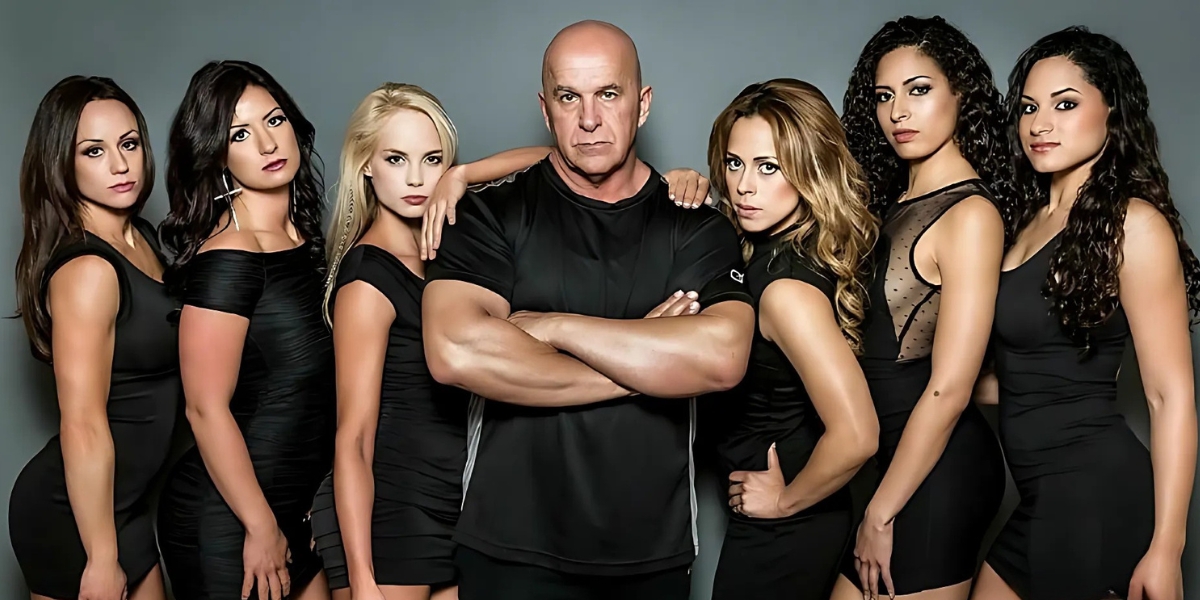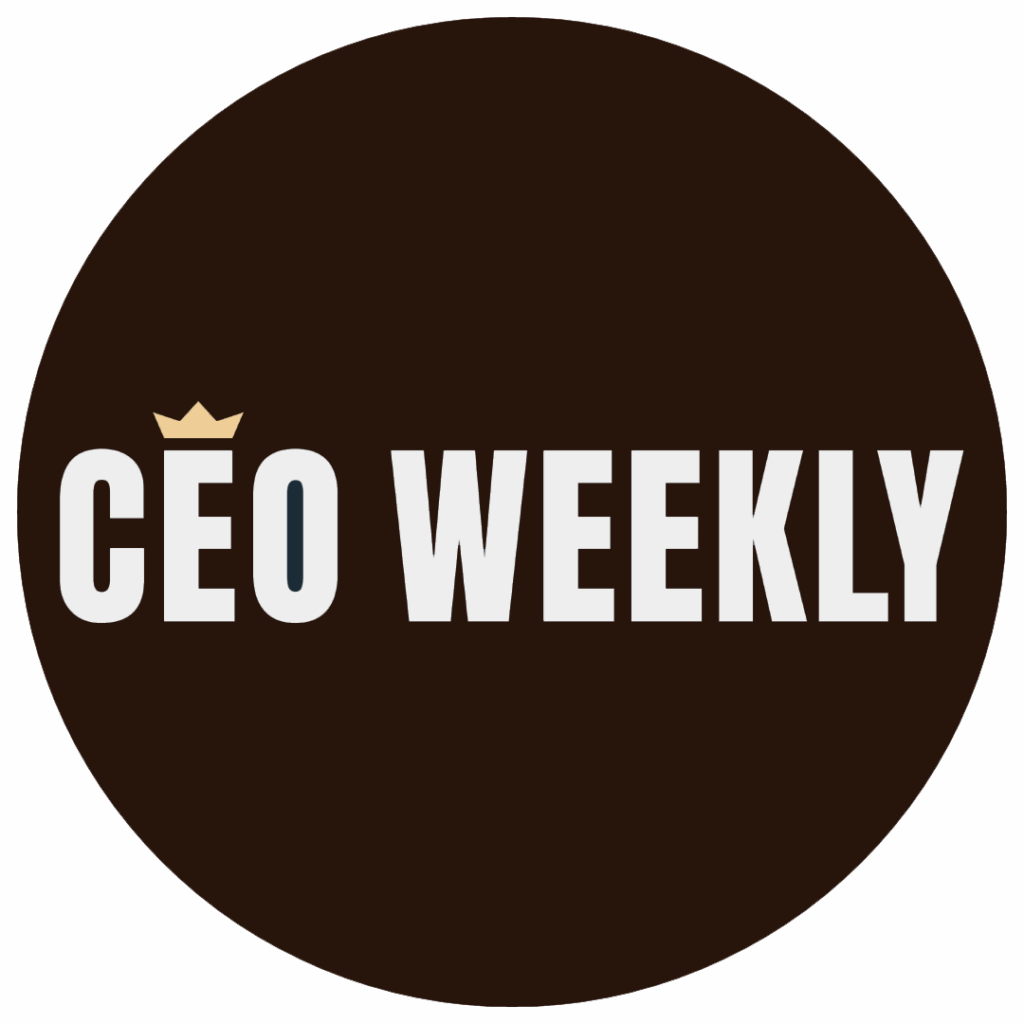By: Nik Korba
Scroll through the skills CEOs share on their LinkedIn profiles, and you’ll find things like visionary thinking, strategic planning, financial acumen, and change management. Those skills are often critical for the types of tasks CEOs are expected to perform, but they may only tell half the story. To better understand the capacity CEOs have for business success, you might also need to know about the personal struggles they bring with them to the office each day.
“Some of the biggest obstacles to professional success that today’s CEOs face aren’t always related to strategy and operations,” says Armando Soto, a high-performance executive and business coach. “Often, they stem from deep-rooted personal patterns, limiting beliefs, and unresolved past experiences that can influence how they lead their companies.”
Armando Soto is a high-level business advisor, entrepreneur, and investor dedicated to transforming both businesses and the leaders who run them. With over 15 years of experience and more than $1 billion in M&A and financing transactions facilitated, he has helped CEOs and executives grow their companies to new heights by focusing on the potential connection between business success and personal growth. He suggests a company can only grow as far as its leaders evolve, making mindset, discipline, and resilience key components of sustainable success.
“Despite having strong business models and financial resources, many CEOs struggle with execution, decision-making, and leadership,” Soto says. “They often struggle to optimize their performance because they operate with unexamined childhood experiences, traumas, or belief systems that may impact their confidence, risk tolerance, communication, and leadership style. Until they address their internal issues, they might keep encountering the same roadblocks, leaving them unable to trust their teams, make difficult decisions, and overcome feelings that they need to constantly prove themselves.”
How Personal Stress Can Contribute to Professional Challenges
It’s a common belief that work and home life exist in two separate spheres. The concept of work-life balance reinforces the image, casting personal and professional activities as entities that, with sufficient intentionality, can be kept separate. The reality, however, is the stress of home, if not addressed, can sometimes wreak havoc on a CEO’s work life and vice versa.
“Unresolved personal issues often create patterns that repeat in business,” Soto explains. “If a CEO has unexamined past experiences around scarcity, rejection, or self-worth, those themes may show up in how they lead, hire, negotiate, and grow their business. Stress can magnify these subconscious beliefs, potentially making them a significant roadblock to success.”
CEOs who can’t effectively manage personal struggles may experience the type of chronic stress that leads to reactive leadership. Fight-or-flight can become their default mode, resulting in impulsive and fear-based decisions rather than data-driven and strategic ones.
“A CEO who is constantly succumbing to emotional triggers might struggle to make good decisions,” Soto notes. “Stress can disrupt the long-term strategies CEOs have developed, causing a shift to short-term, emotionally driven decisions. A CEO who, in childhood, developed the feeling that he had to control everything, for example, might struggle to delegate, which could lead to operational bottlenecks.”
The Potential Ripple Effect of CEO Struggles
According to the latest Inc. CEO survey, employees experiencing burnout is one of the biggest problems today’s business leaders face. Yet, many CEOs don’t fully understand that their commitment to addressing personal stress might be just what their employees need.
“When leaders overcome the stress that leads to burnout, it can create a ripple effect across the entire organization,” Soto shares. “Teams often mirror the energy and mindset of the people leading them, and that energy spreads if a leader is exhausted, disconnected, or overwhelmed. But when a leader is present, focused, and grounded, it can give employees permission to slow down, refocus, and breathe again.”
When leaders invest the time needed to care for themselves, they can show their entire workforce that well-being is a priority. They can model boundaries and create a culture where rest is respected, not punished.
“When people feel supported and led by someone who is stable and self-aware, they’re more likely to stay engaged,” Soto says. “They may feel safer, more trusted, and more willing to give their best. A healthy leader can help foster the conditions for a healthy team.”
Steps to Addressing Personal Struggles
Overcoming the impact that personal struggles have on professional success begins with self-awareness, which is why CEOs should consider how their past experiences surface in their leadership. The subconscious forces influencing their work behavior can benefit from being identified and addressed.
“Once patterns are uncovered, the next step could involve rebuilding the mindset and leadership approach from the ground up,” Soto says. “They may need to shift their limiting beliefs, develop emotional resilience, and restructure how they make decisions. As CEOs leave their old conditioning behind, they can begin to lead with clarity, confidence, and control.”
To optimize their leadership, CEOs might need to leave behind the belief that what happens at home stays at home. Their personal struggles can have a profound impact on their professional performance. To ignore them is to operate at a potential disadvantage.
“When CEOs choose to invest in personal growth, rather than attempt to push through stress indefinitely, they can develop the practices needed to sustain high performance,” Soto says. “As a result, they may lead their companies in a way that is not just profitable, but also satisfying and sustainable.”
Published by Joseph T.









